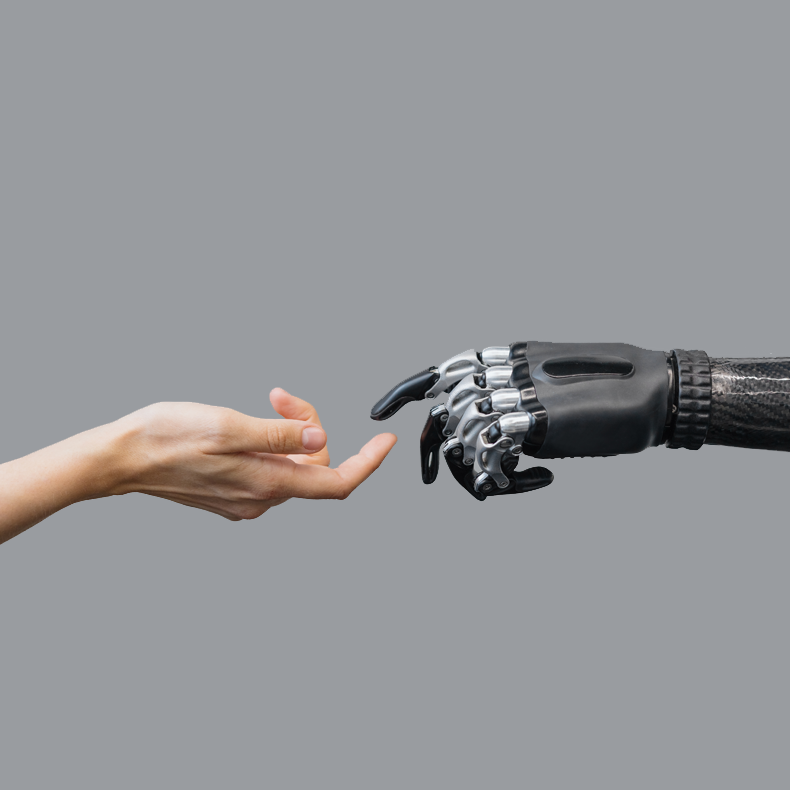
From Digital-First to Human-First
In an over-digitized world, the brands that thrive will be the ones that lead with human connection—not algorithms.


In an over-digitized world, the brands that thrive will be the ones that lead with human connection—not algorithms.
As marketing grows louder and more automated, its impact has grown weaker. At Straw to Gold, we believe the future of branding lies not in dashboards or clicks—but in real, human-centered experiences that create long-term value. From science-backed insights to a renewed focus on emotional connection, this article calls for a shift from digital-first strategies to a human-first ethos that puts people back at the center of every brand story.
We’re surrounded by noise. Every day, we’re targeted, tracked, and sold to in ways so constant they’ve become almost invisible—until you notice how little of it moves you. Somewhere along the way, marketing became a hollow word, stripped of its original ingenuity and spirit. For many, it now conjures up quick wins, cheap tricks, and strategies designed to sell us things we don’t truly need or want. It’s lost its humanity.
But it doesn’t have to be this way.
At Straw to Gold, we see an extraordinary opportunity to reclaim what marketing was meant to be: adding real value, building trust, and fostering long-term growth that leads to better businesses and, ultimately, a better future. That means moving beyond a digital-first mindset and into a human-first approach—one that’s grounded in curiosity, community, and connection.
Why Human-First Matters Now
Real-world experiences have a magic that pixels can’t capture. Whether it’s the warmth of a shared laugh, the energy of a live conversation, or the memory of a sensory-rich event, in-person moments leave an emotional imprint that lingers long after the encounter.
Science agrees. In-person interactions trigger higher oxytocin release—the “trust hormone”—than digital exchanges, building deeper bonds between people and brands. Cities and communities that invest in shared spaces see measurable gains in happiness, health, and civic pride. For brands, experiential activations create stronger recall, higher advocacy, and more meaningful relationships than any algorithmically optimized ad ever could.
The Problem with Over-Digitization
The last two decades of marketing have been dominated by dashboards and KPIs, with strategies fine-tuned for clicks, impressions, and short-term spikes. But here’s the truth: a perfect growth curve on a slide deck can hide audience fatigue, eroding trust, and diminishing brand equity.
The real metric isn’t what you earn next quarter—it’s what you mean a decade from now. Who will your customers be then? What values will they hold? Will they remember you for another campaign…or for the way you showed up when it mattered?
A Return to the Basics—Reimagined
This shift isn’t about discarding technology; it’s about putting it back in its proper place—as a tool to amplify human connection, not replace it. The brands that will thrive are those that:
The Straw to Gold Way
We believe marketing can—and should—be something better. Something that ignites imagination and inspires action. We lean into curiosity. We take the winding road that demands more creativity, more care, and more presence. We build experiences that feel personal yet expansive, local yet global.
Because when brands step out of the noise and into the human moments that matter, they don’t just sell—they connect. They don’t just capture attention—they earn belief.
It’s time to put people back at the center. The future isn’t digital-first. The future is human-first.
The most powerful brand strategies today aren’t built around screens—they’re built around people. Human-first experiences create deeper trust, lasting loyalty, and real impact.
The future isn’t digital-first—it’s human-first. Let’s build brands that act like people, not platforms.
Explore other articles


